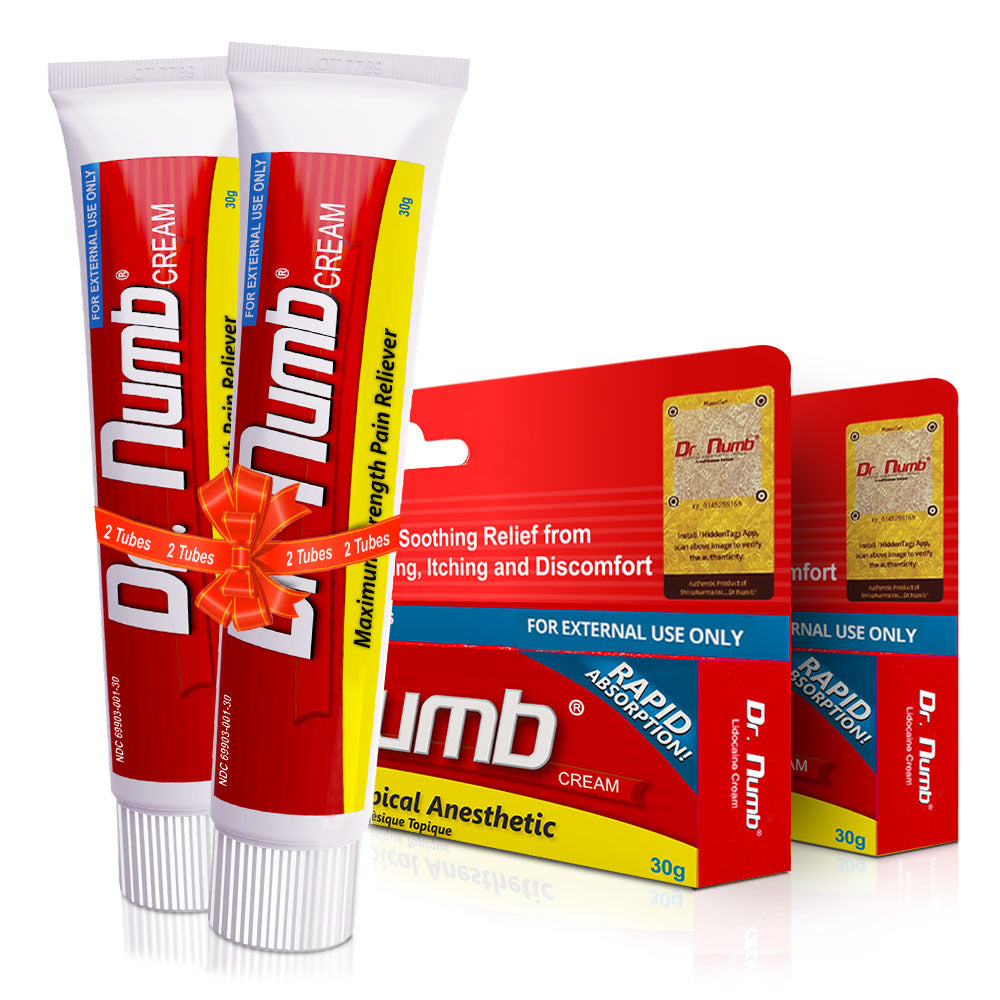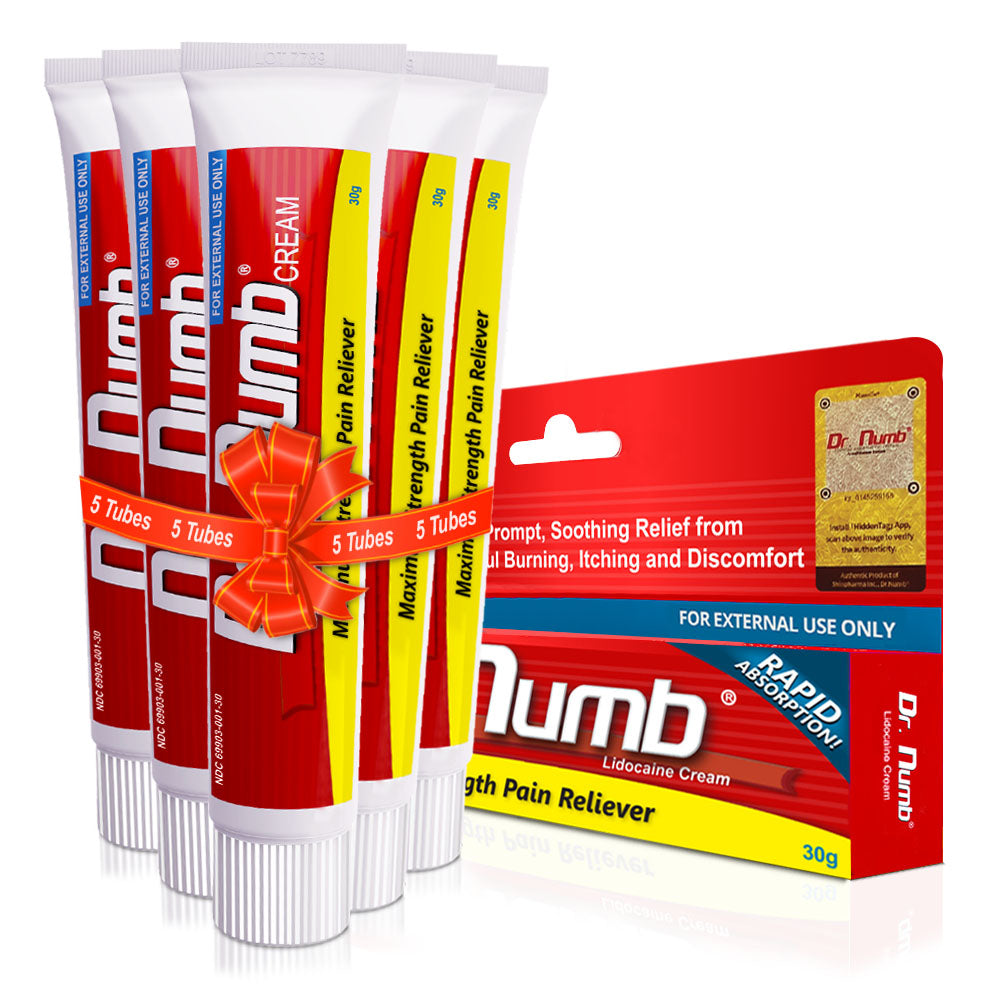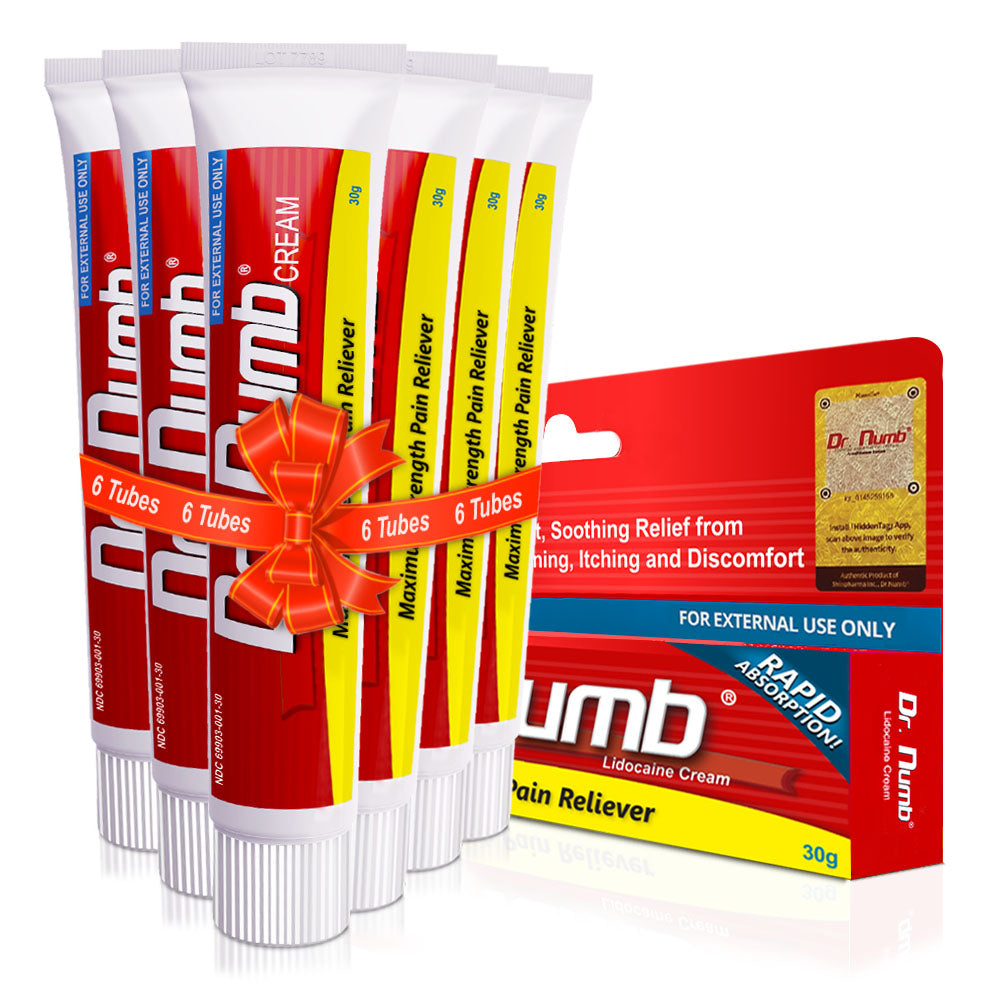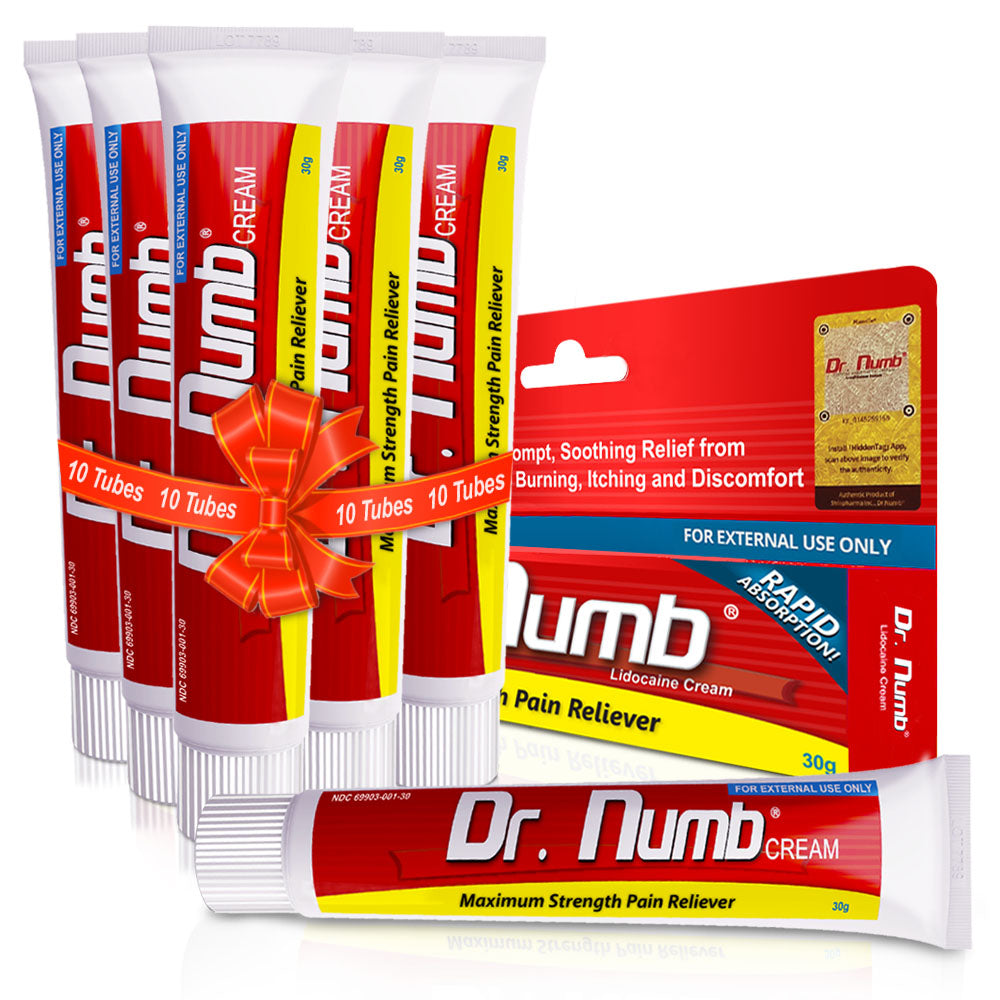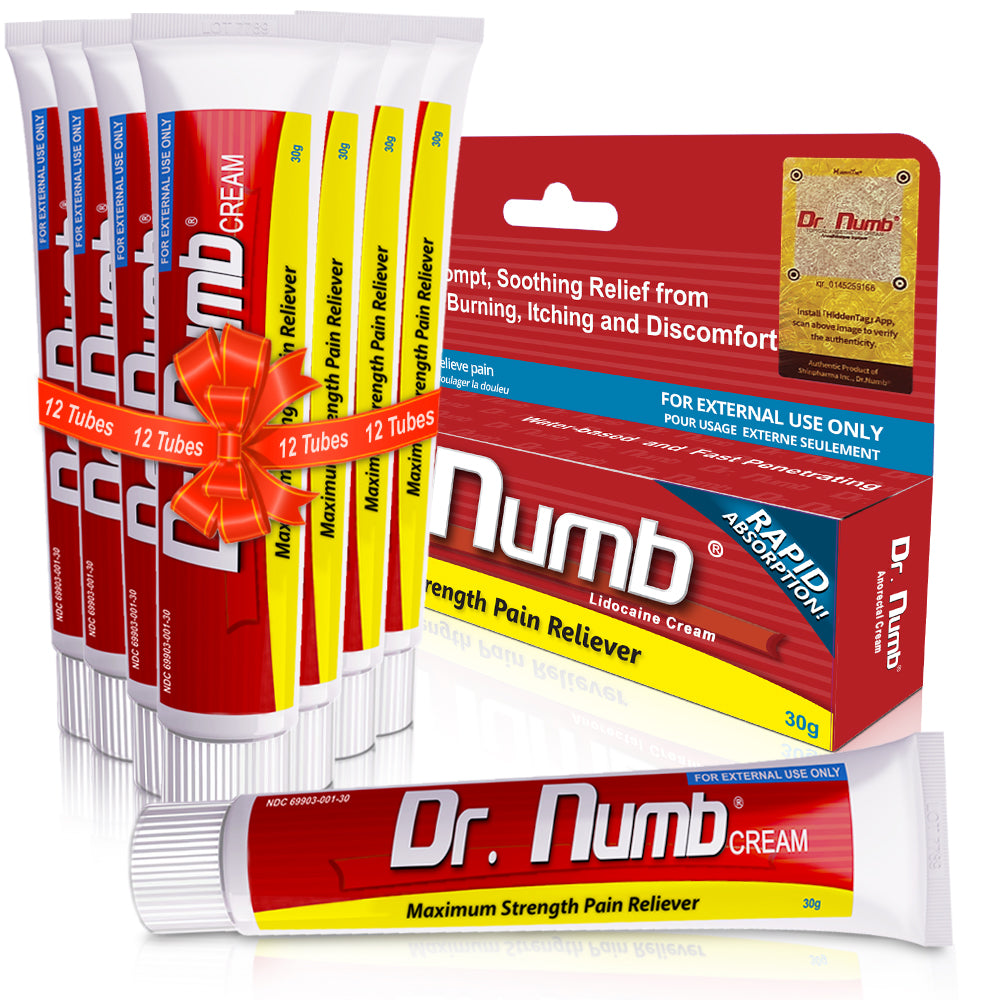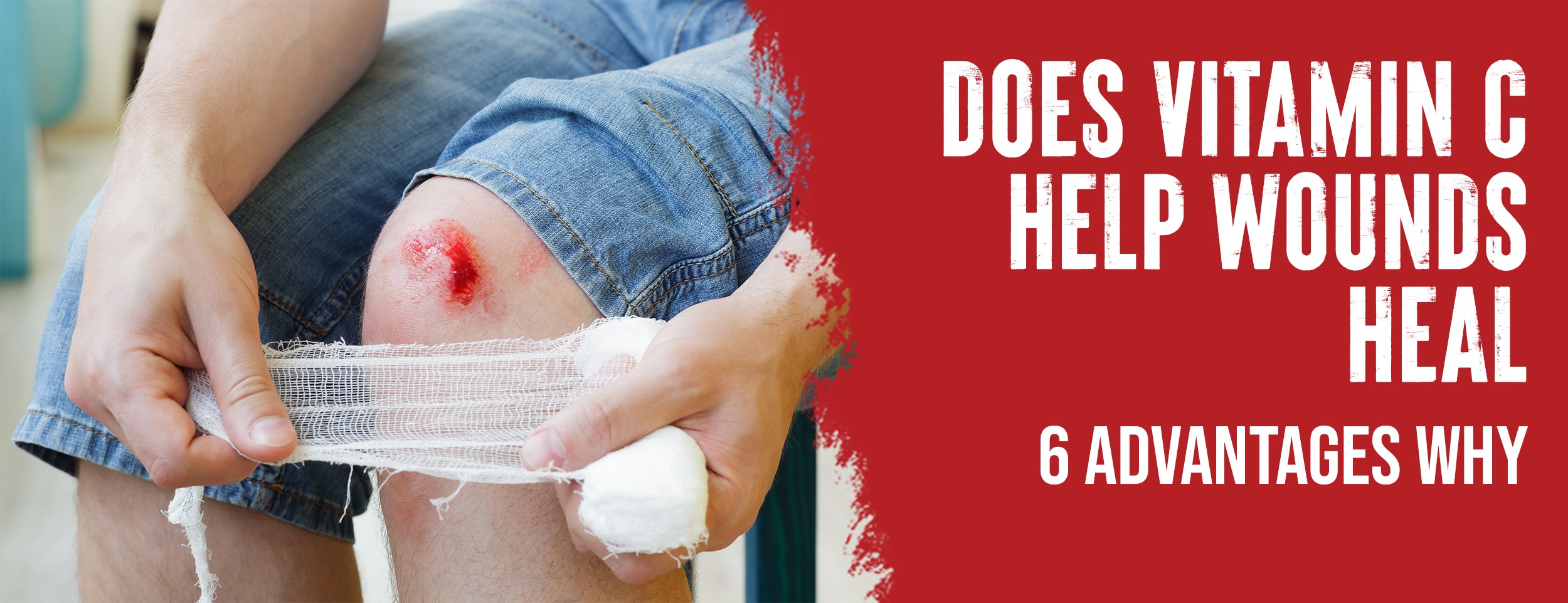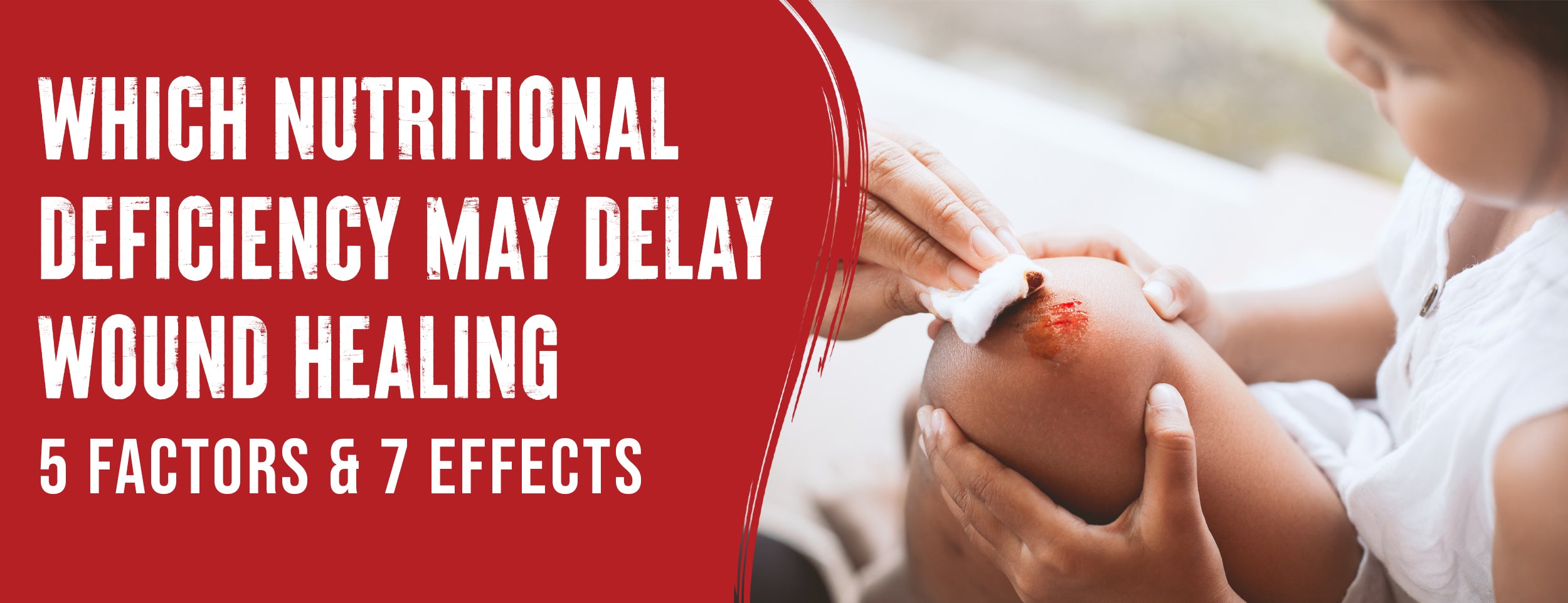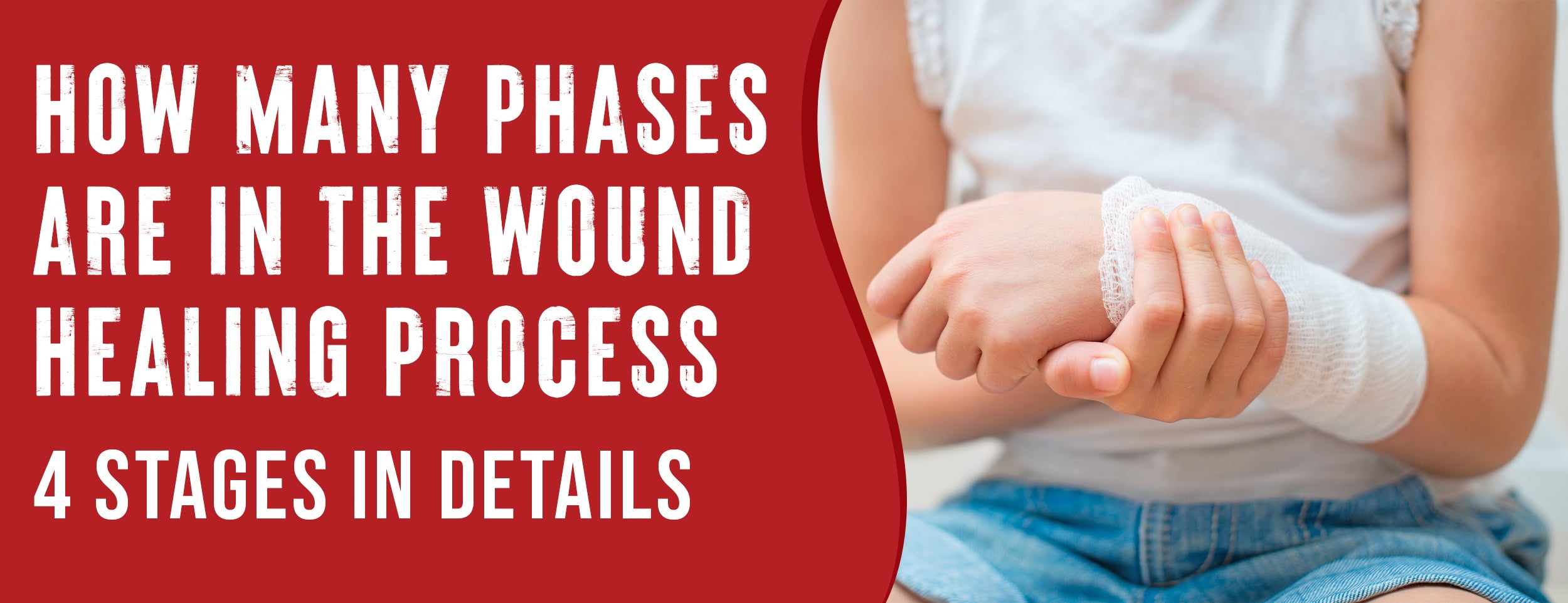Healing wounds is a complex biological process that includes hemostasis, inflammation, proliferation, and remodeling. This activity involves the involvement of neutrophils, macrophages, lymphocytes, keratinocytes, fibroblasts, and endothelial cells.
Yes, moisturizing a healing wound is beneficial. Cleanse the area delicately using soap and water to ward off germs and eliminate debris.
To facilitate the healing process of the injured skin, apply petroleum jelly to keep the wound moist. Petroleum jelly prevents the formation of a scab by protecting the wound from drying out.
In this blog post, we will delve into the science behind moist wound healing and different methods of moisturization and provide practical tips for safe and effective wound care.
Should You Moisturize A Healing Wound: Understanding The Science

Some people may hesitate to use moisturizers on their wounds because they fear it may interfere with healing. We will examine the science behind wound healing, the role of moisture, and whether you should moisturize your healing wounds.
Moisture and Wound Healing
Moisture is crucial in wound healing. It promotes optimal cellular activity, including angiogenesis, collagen synthesis, and epithelialization.
- Angiogenesis: Moisture promotes new blood vessels, enhancing blood flow to the site of the wound.
- Collagen synthesis: Collagen forms most connective tissue. Moisture helps to support collagen synthesis, leading to more robust and resilient tissue.
- Epithelialization: Epithelial cells handle skin regeneration. Moisture helps promote these cells' growth, leading to faster wound closure.

Moist vs. Dry Wound Healing
There are two main approaches to wound healing: moist and dry. While dry wound healing was once the standard, studies have shown that moist wound healing leads to superior outcomes.
- Faster healing: Moist wound healing has led to significantly quicker healing times than dry wound healing.
- Reduced scarring: Moist wound healing can help to minimize scarring and promote better cosmetic outcomes.
- Decreased pain: Moist wound healing can reduce pain and discomfort compared to dry recovery.
Molecular Mechanisms of Moist Wound Healing
Moist wound healing can trigger various molecular mechanisms that aid in healing. These include:
- Cytokines: Moisture can help increase cytokine production, which is crucial in regulating the immune response and promoting tissue repair.
- Growth factors: Moist wound healing stimulates the production of cells that promote tissue repair and growth.
- Extracellular matrix components: Moisture can help to support the extracellular matrix, which supports tissues and is essential for proper wound healing.
Moisturize A Healing Wound: 3 Common Methods
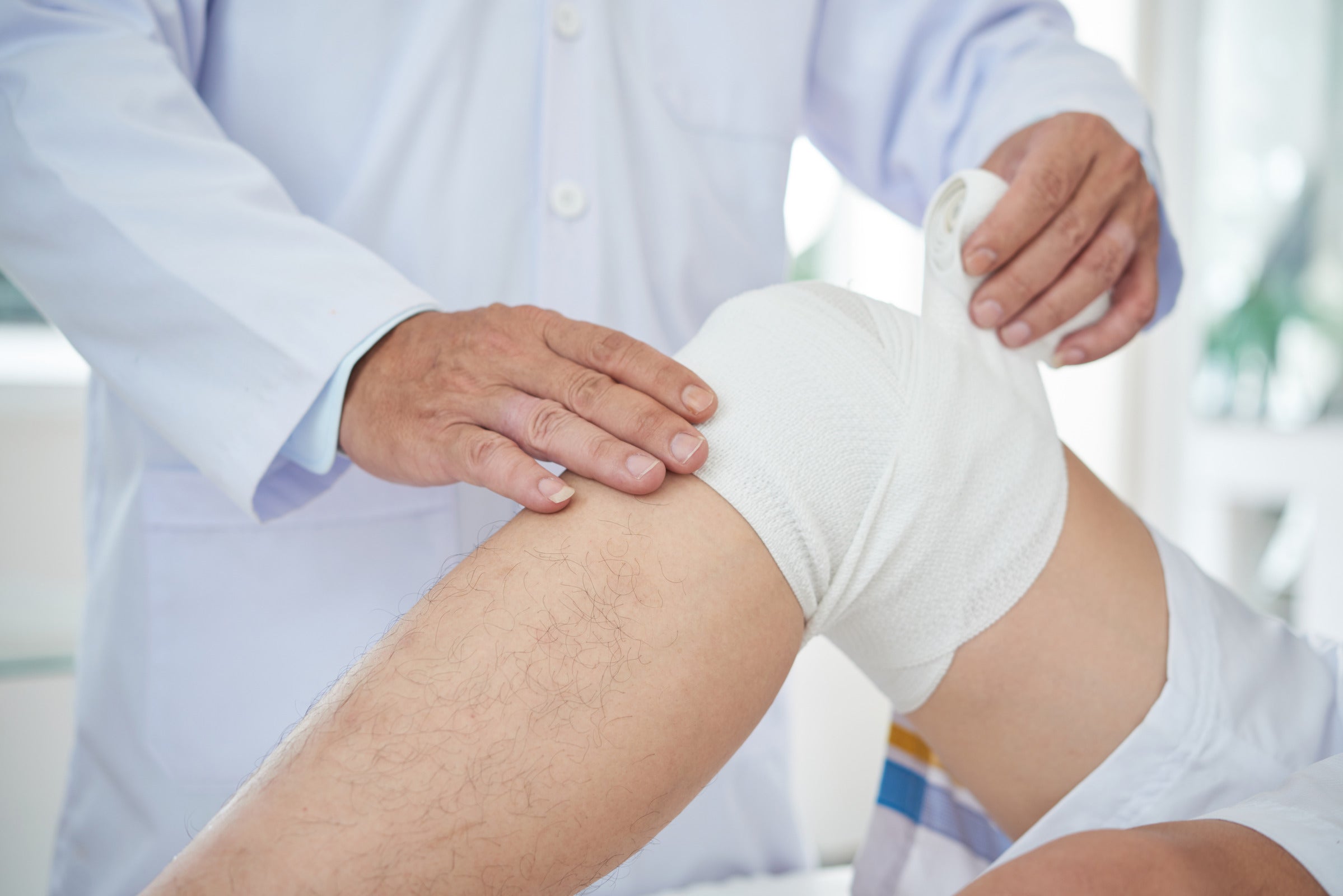
There are various methods of moist wound healing, including petrolatum, hydrogel dressings, and gauze. Each technique has properties suitable for particular wound types and stages.
Petroleum
Petrolatum-based dressings, or ointments, create a barrier between the wound bed and the outside environment, preventing moisture loss. These can be useful for wounds exposed to the air, as they promote healing and reduce the risk of infection.
They can be difficult to remove and may adhere to the wound bed, causing further tissue damage. They may not be breathable, leading to increased moisture and the risk of maceration (skin softening).
| Pros | Cons |
|---|---|
| Provides a protective barrier over the wound. | It can be messy and complicated to remove. |
| It helps to prevent infection. | Exuding wounds may not be suitable for it. |
| Easy to apply. | It may interfere with the wound-healing process if used sparingly. |

Hydrogel Dressings
A hydrogel dressing moistens the wound bed by containing a gel-like substance. They can provide a cooling sensation and may benefit from burns or other painful wounds. They are also usually non-adherent and easy to apply.
They may not absorb as much fluid as other dressings, leading to leakage and the need for more frequent changes. They are also typically more expensive than other options.
| Pros | Cons |
|---|---|
| Promote cell growth. | It can be costly. |
| Provides a moist environment for the wound. | It may not be suitable for wounds with minimal exudate. |
| Reduces pain. | Frequent change is required. |
Gauze
Gauze dressings are standard for wounds leaking fluid, as they are absorbent and can wick away excess moisture. They are also often less expensive than other options. They can be challenging to secure in place and may stick to the wound bed, leading to pain and tissue damage. They can dry out quickly, which can impede healing.
| Pros | Cons |
|---|---|
| Maintains wound moisture by absorbing exudate. | Those with heavily exuding wounds should not use it. |
| Low-cost. | Wound bed adhesion may occur. |
| It can be used with a variety of topical agents. | It can cause trauma to the wound. |
Tips for Selecting and Applying Moisturizers for Wounds
When selecting a moisturizer for a wound, it is essential to consider the type of wound and its stage of healing. Here are some tips for choosing the right moisturizer:
- Consult a healthcare provider for guidance on choosing the moisturizer for your wound type and stage.
- Ensure that the moisturizer is suitable for the amount of exudate in the wound.
- Cleanse the wound before applying the moisturizer to prevent infection.
- Moisturize the wound edges to avoid maceration of the wound edges.
- Dress the wound appropriately to maintain moisture and prevent infection.
Moisturize Wounds That Are Healing: 3 Precaution
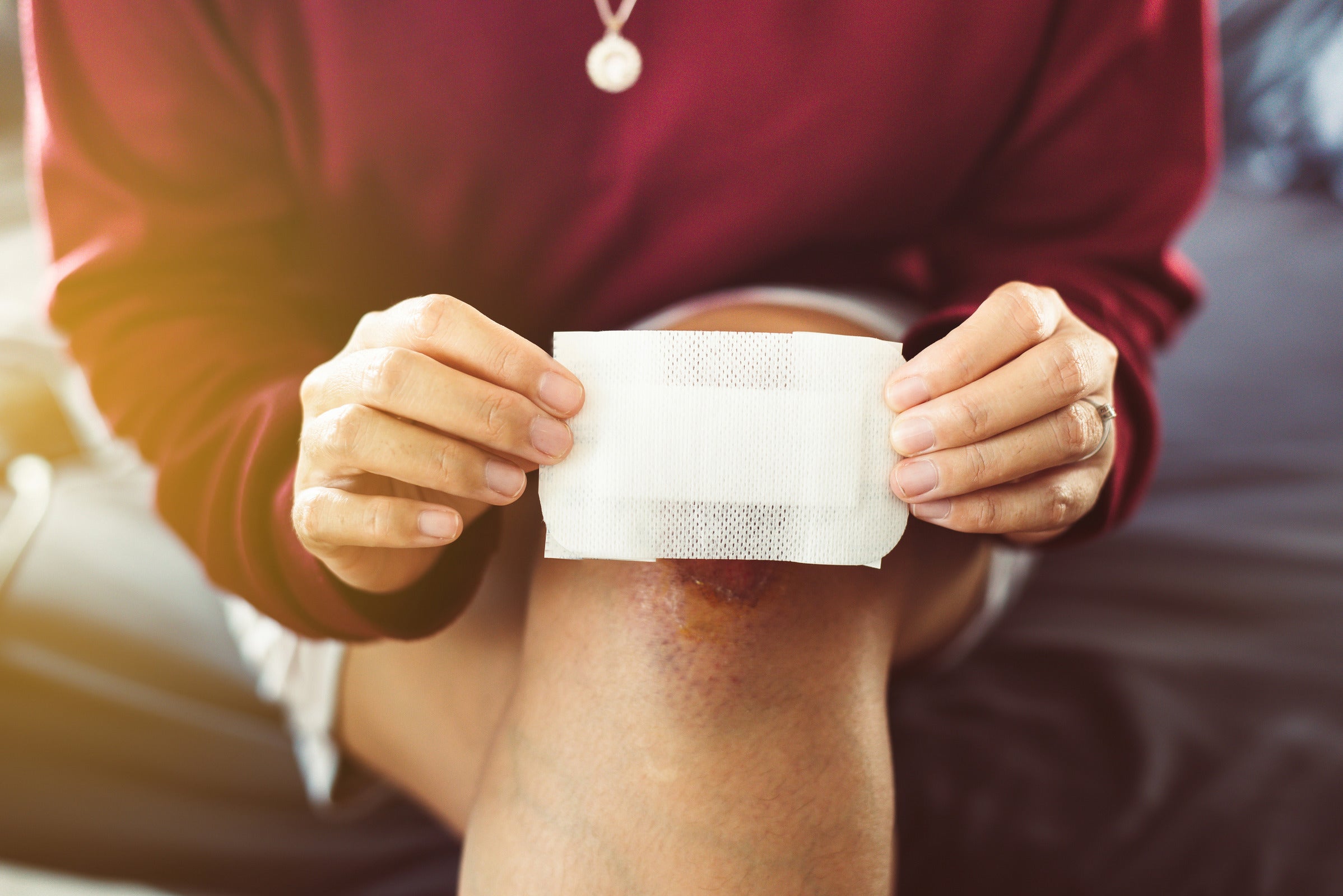
Healing wounds properly is essential for preventing complications. This involves avoiding harsh chemicals and materials hindering the healing process, maintaining good hygiene practices, and seeking professional medical attention when needed. These precautions and guidelines can promote optimal wound healing and smooth recovery.
Avoid Harsh Chemicals or Materials
Another critical aspect of wound care is avoiding harsh chemicals or materials that can irritate or damage the skin and delay healing. Here are some tips on what to avoid:
- Antiseptics: Although antiseptics such as hydrogen peroxide, iodine, and alcohol may seem like a good idea to cleanse the wound and prevent infection, they can harm the healthy cells and delay healing. Instead, use mild soap and water or saline solution (salt water) to clean the wound and remove debris.
- Adhesive tape or bandages: Adhesive tape or bandages can adhere to the wound and cause pain, skin irritation, and wound bed disturbance when removed. Instead, use non-adherent dressings or gauze pads secured with paper tape or cloth wrap as needed.
- Dishwashers or fabric softeners: When washing clothing or linens that come in contact with the wound, use gentle detergents that won't irritate the skin. Instead, use mild, fragrance-free products and rinse them well.
Maintaining Good Hygiene Practices
Maintaining good hygiene is vital for preventing infection, promoting healing, and reducing complications. Here are some hygiene tips:
- Wash your hands before and after handling the wound or changing the dressings.
- Dry the wound and avoid touching it unnecessarily.
- Apply a clean, sterile dressing or bandage to protect it from dirt, bacteria, and friction. Change the dressing as necessary or instructed by your healthcare provider.
- Properly disposing of used dressings and other medical waste is crucial to prevent contamination. Ensuring proper disposal helps maintain hygiene and safeguards against potential contamination risks.
- Towels, razors, or clothing that can spread germs or bacteria should never be shared.

Seek Medical Attention
If you have a wound that has not healed or is causing complications, seeking professional advice is crucial. Here are some reasons:
- Professional assessment: A healthcare provider can assess the wound and identify any underlying conditions that impede healing, such as infection, poor circulation, or diabetes. They can also determine the best course of treatment based on the wound type, location, and severity and adjust it as needed.
- Specialized care: Certain wounds require specialized care that may not be available at home or through over-the-counter products. For example, some wounds may need debridement (removal of dead or infected tissue), compression therapy, or negative pressure wound therapy to aid healing and prevent complications.
- Monitoring and follow-up: Professional wound care involves frequent monitoring and follow-up to ensure progress and detect any problems early on. This can prevent the wound from worsening and requiring more invasive or expensive treatments later.
Conclusion
Whether you should moisturize a healing wound depends on several variables, including the type, size, and location of the wound, as well as your health status and lifestyle habits. If moist wound healing is appropriate for your situation, it can speed recovery, reduce scarring, and minimize infection and inflammation.
By selecting and applying the correct type of moisturizer and seeking professional advice, you can maximize the effectiveness and safety of your wound care. We hope this article has provided a practical guide to optimizing your wound healing and improving your overall well-being.

![Moisturizing A Healing Wound: Science & 3 Common Methods [with Precautions]](http://drnumb.com/cdn/shop/articles/Should_You_Moisturize_A_Healing_Wound__3_Reasons_3_Precautions.jpg?v=1711186402&width=1100)


